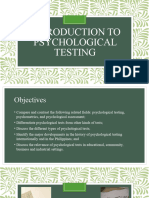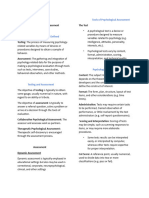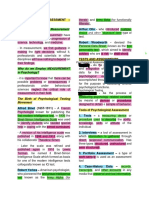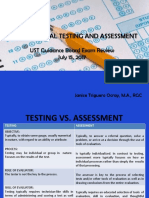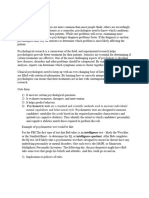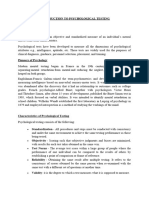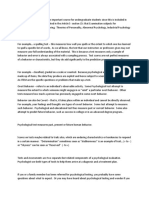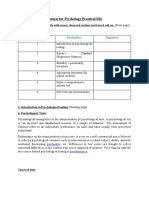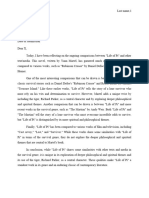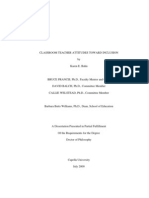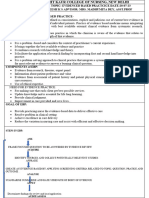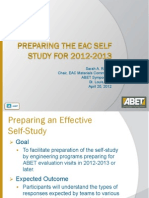0% found this document useful (0 votes)
85 views12 pagesPsychological Assessment
Psychometrics is the field of study that focuses on designing, developing, and evaluating psychological tests and assessments to reliably and validly measure psychological attributes. It aims to ensure tests provide accurate information about individuals by being valid, reliable, and fair. Psychometrics involves both theoretical aspects of why and how tests are created, as well as practical aspects of selecting appropriate tests and administering them properly.
Uploaded by
taufeeqafsar23Copyright
© © All Rights Reserved
We take content rights seriously. If you suspect this is your content, claim it here.
Available Formats
Download as DOCX, PDF, TXT or read online on Scribd
0% found this document useful (0 votes)
85 views12 pagesPsychological Assessment
Psychometrics is the field of study that focuses on designing, developing, and evaluating psychological tests and assessments to reliably and validly measure psychological attributes. It aims to ensure tests provide accurate information about individuals by being valid, reliable, and fair. Psychometrics involves both theoretical aspects of why and how tests are created, as well as practical aspects of selecting appropriate tests and administering them properly.
Uploaded by
taufeeqafsar23Copyright
© © All Rights Reserved
We take content rights seriously. If you suspect this is your content, claim it here.
Available Formats
Download as DOCX, PDF, TXT or read online on Scribd
/ 12







